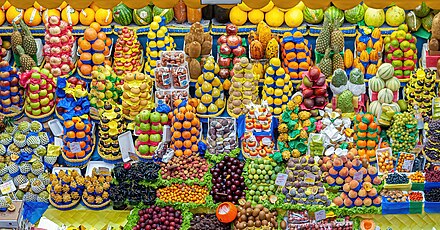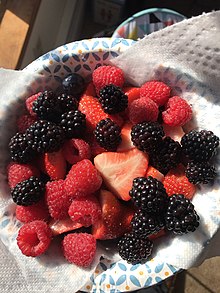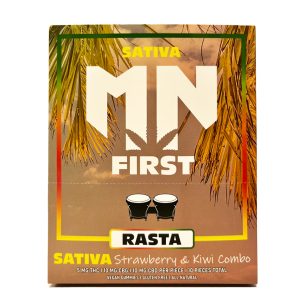**Botanical and Culinary Classification of Fruits:**
– In botany, fruits are defined as ripened ovaries or carpels containing seeds.
– Nuts are considered a type of fruit, not seeds.
– Culinary fruits are generally sweet or sour produce like peaches or lemons.
– Nuts are characterized by being hard, oily, and non-sweet.
– Vegetables are typically savory, but some like sweet potatoes can be sweet.
**Structure and Development of Fruits:**
– Fruits consist of layers like the pericarp, which includes the epicarp, mesocarp, and endocarp.
– Some fruits have a fleshy pericarp, while others have a hard outer covering.
– Fruits develop from fertilized and matured flowers through pollination and seed formation.
– Different modes of fruit development include apocarpous, syncarpous, and multiple fruits.
– Some fruits have accessory parts like sepals, petals, and stamens ripening with the ovary.
**Classification of Fruits:**
– Simple fruits develop from a single flower, while aggregate fruits form from multiple pistils in one flower.
– Multiple fruits are formed from a cluster of flowers merging into one mass.
– Simple fruits include achene, capsule, caryopsis, cypsela, and various others.
– Aggregate fruits examples include those from Ranunculaceae, Rubus, and Annona species.
– Multiple fruits examples are pineapple, fig, mulberry, Osage orange, and breadfruit.
**Types of Dry and Fleshy Simple Fruits:**
– Dry simple fruits like achene, capsule, caryopsis, cypsela, and follicle have various characteristics.
– Fleshy simple fruits such as berry, stone fruit, pome, pepo, and hesperidium have different pericarp textures.
– Berries like tomato and bananas are botanically classified as fruits.
– Pome fruits like apples and pears develop from a half-inferior ovary.
– Different types of fleshy fruits include those with hardened skin (pepo) and a rind with a juicy interior (hesperidium).
**Uses, Nutrition, and Safety of Fruits:**
– Fruits are consumed fresh, as jams, in processed foods, beverages, and oils.
– They are high in fiber, potassium, and vitamin C, promoting satiety and reducing disease risks.
– Proper handling and preparation are recommended by the CDC for fruit safety.
– Fresh fruits should be refrigerated promptly, rinsed before eating, and kept separate from raw foods.
– Fruit allergies account for about 10% of food-related allergies.
In botany, a fruit is the seed-bearing structure in flowering plants that is formed from the ovary after flowering (see Fruit anatomy).


Fruits are the means by which flowering plants (also known as angiosperms) disseminate their seeds. Edible fruits in particular have long propagated using the movements of humans and other animals in a symbiotic relationship that is the means for seed dispersal for the one group and nutrition for the other; humans and many other animals have become dependent on fruits as a source of food. Consequently, fruits account for a substantial fraction of the world's agricultural output, and some (such as the apple and the pomegranate) have acquired extensive cultural and symbolic meanings.
In common language usage, fruit normally means the seed-associated fleshy structures (or produce) of plants that typically are sweet or sour and edible in the raw state, such as apples, bananas, grapes, lemons, oranges, and strawberries. In botanical usage, the term fruit also includes many structures that are not commonly called 'fruits' in everyday language, such as nuts, bean pods, corn kernels, tomatoes, and wheat grains.
English
Etymology
From Middle English fruyt, frut (“fruits and vegetables”), from Old French fruit (“produce, fruits and vegetables”), from Latin frūctus (“enjoyment, proceeds, profits, produce, income”) and frūx (“crop, produce, fruit”) (compare Latin fruor (“have the benefit of, to use, to enjoy”)), from Proto-Indo-European *bʰruHg- (“to make use of, to have enjoyment of”).





